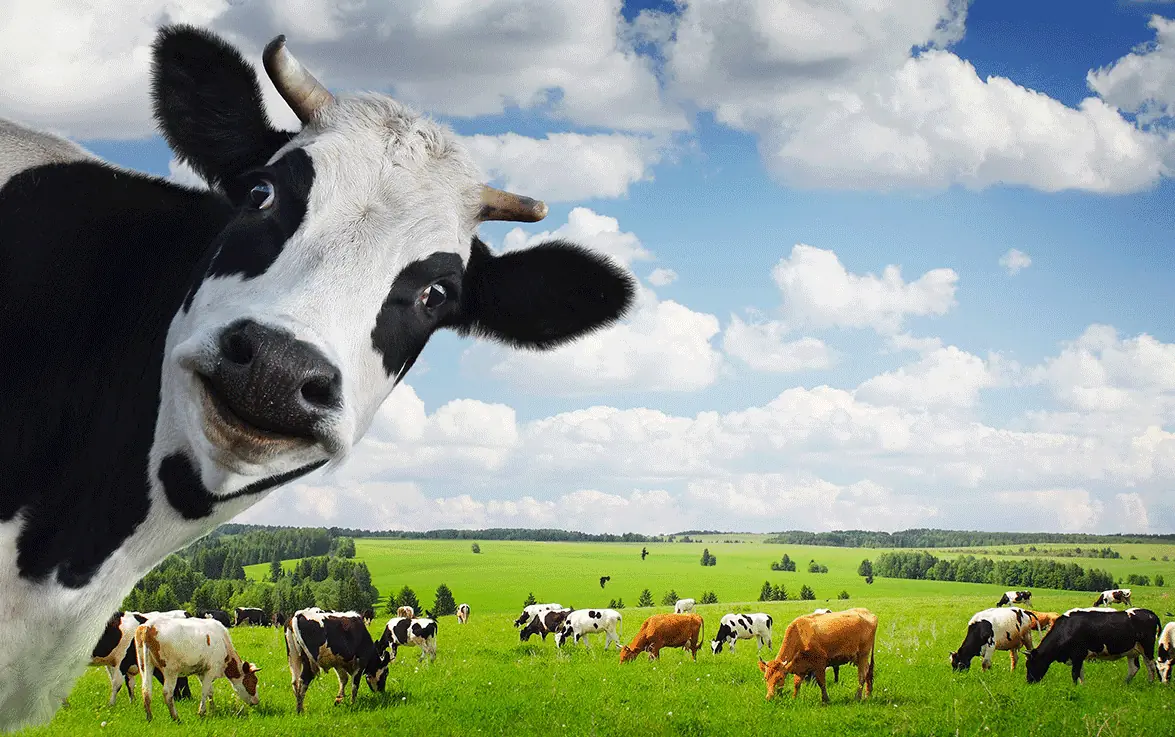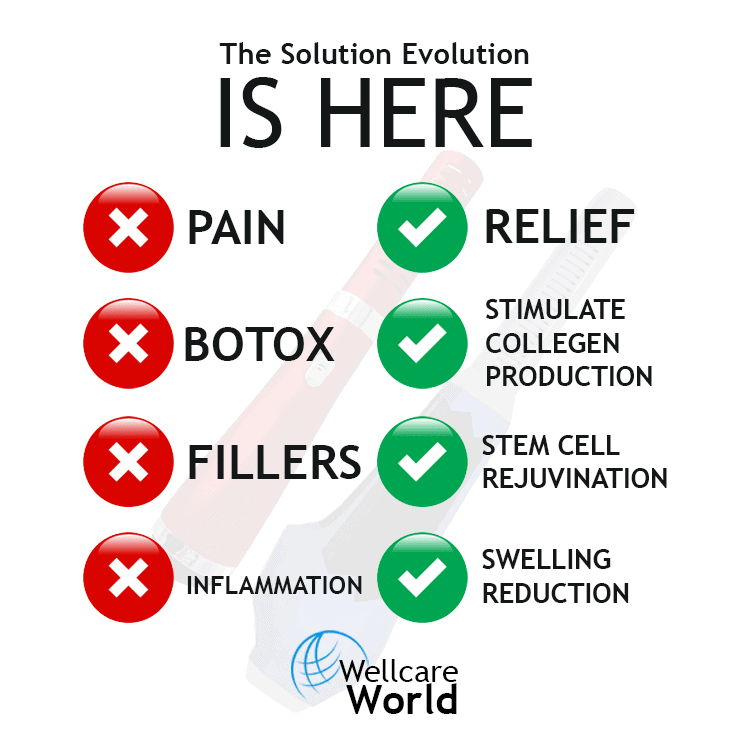
Cows Milk Production and Terahertz
Terahertz wave technology is a relatively new and exciting field that has shown great potential in the agricultural industry. It is a type of electromagnetic radiation that lies between the microwave and infrared regions of the electromagnetic spectrum. Terahertz waves have the ability to penetrate materials such as paper, plastic, and even biological tissue, making them an ideal tool for analysis and quality control in a variety of industries, including food science and agriculture.
Terahertz Waves and Milk Analysis
One of the most promising applications of terahertz wave technology in agriculture is in the analysis of milk. Milk is a complex mixture of various compounds, including water, fat, protein, lactose, vitamins, and minerals. The composition of milk can vary depending on a variety of factors, such as the breed of cow, the animal’s diet, and the stage of lactation.
Traditionally, milk analysis has been done using methods such as chromatography and spectroscopy, which can be time-consuming and expensive. However, terahertz waves offer a faster and more cost-effective alternative. Terahertz waves can be used to determine the percentages of fat, protein, and water in milk, as well as detect impurities such as antibiotics or infections.
Research has shown that terahertz waves can be used to accurately measure the fat and protein content of milk. In a study published in the journal Food Chemistry, researchers used terahertz spectroscopy to analyze the composition of raw and processed milk samples. They found that terahertz waves could accurately determine the fat and protein content of milk, with an error rate of less than 1%. This suggests that terahertz technology could be a useful tool for dairy farmers to ensure the quality and safety of their milk products.
In addition, terahertz waves have been used to detect impurities in milk. In a study published in the journal Scientific Reports, researchers used terahertz imaging to detect the presence of antibiotics in milk. They found that terahertz waves could distinguish between milk samples with and without antibiotics, suggesting that terahertz technology could be used as a tool for screening milk for antibiotic residues.
Terahertz Waves and Plant Growth
Another potential application of terahertz wave technology in agriculture is in the stimulation of plant growth and yield. Terahertz waves have been shown to affect the growth and development of plants in a variety of ways.
Studies have demonstrated that exposing seeds to terahertz radiation can increase the rate of germination and growth of the seeds, as well as the quantity and quality of the crops grown from those seeds. For example, a study published in the journal Scientific Reports found that exposing rice seeds to terahertz radiation increased the rate of germination, as well as the yield and quality of the rice crops grown from those seeds.
Terahertz waves have also been shown to affect the growth and development of plant roots. In a study published in the journal Scientific Reports, researchers exposed wheat seedlings to terahertz radiation and found that it increased the length and surface area of the roots. This suggests that terahertz waves could be used to improve the growth and development of crop plants, leading to higher yields and better quality crops.
Terahertz Waves and Cow Milk Production
While there has been limited research on the use of terahertz wave technology specifically for the production of milk in animals, While there has been limited research on the use of terahertz wave technology specifically for the production of milk in animals, there is reason to believe that it could have a similar effect on milk production as it does on plant agriculture. This is because the quality and quantity of animal feed can have a direct impact on the health and productivity of dairy cows. By using terahertz waves to stimulate plant growth and improve the quality of animal feed, it is possible that milk production in cows could be increased. In addition, terahertz wave technology could be used to analyze the composition and quality of milk, ensuring that dairy farmers are producing safe and high-quality milk products.
The Future of Terahertz Wave Technology in Agriculture
The potential applications of terahertz wave technology in agriculture are numerous and exciting. In addition to milk analysis and plant growth stimulation, terahertz waves could also be used for pest control, disease detection, and soil analysis.
However, there are still some challenges to overcome before terahertz technology can be widely adopted in the agricultural industry. One of the main challenges is the cost of terahertz equipment, which is currently quite high. In addition, more research is needed to determine the optimal frequencies and doses of terahertz radiation for different crops and animals.
Despite these challenges, there is no doubt that terahertz wave technology has the potential to revolutionize agriculture and help address some of the biggest challenges facing the industry, such as food security, sustainability, and climate change.
Conclusion
Terahertz wave technology is a relatively new and exciting field that has shown great promise in the agricultural industry. While there has been limited research on the use of terahertz waves specifically for milk production in animals, there is reason to believe that it could have a similar effect on milk production as it does on plant agriculture.
Terahertz waves have already been shown to be effective in analyzing the composition and quality of milk, as well as stimulating plant growth and improving crop yields. By using terahertz technology to improve the quality of animal feed, it is possible that milk production in cows could be increased, leading to higher productivity and profitability for dairy farmers.
While there are still some challenges to overcome before terahertz technology can be widely adopted in agriculture, the potential applications of this technology are numerous and exciting. With further research and development, terahertz wave technology could revolutionize the agricultural industry and help address some of the biggest challenges facing our global food system.





